|
Making sure your wedding or event goes smoothly takes careful planning. It’s more than choosing to do a first look, toasts, or cake cutting. You have to keep in mind timing, space, and location for each step along the way. Read more for tips on managing the flow of your event and how an all-inclusive venue can help! Timing Timing is essential to making sure your wedding or event flows. No one wants to feel rushed, but there also shouldn’t be any dead periods where guests aren’t sure what to do. Here are a few moments during your wedding to take into account: 1. Guest Arrival Guests should arrive between 15 to 30 minutes before the ceremony start time for most venues. For larger venues, you may want to recommend guests arrive earlier to have time to park and find the ceremony area. And if your family has those people who are always late, you may want to give an earlier arrival time as well. 2. Post-Ceremony Photos Plan for how long your photographer needs for post-ceremony photos by creating a shot list with them. This is a great time to offer appetizers and beverages for a cocktail hour. Games and other activities like photo booths are fun ways for guests to mingle and entertain themselves. 3. Bustling the Dress While it may not be the biggest detail, bustling the dress can take a fair amount of time depending on how complex the bustle is. Since this usually happens before the announcements into the reception and dinner, you’ll want to allow for the appropriate amount of time to bustle. Running behind could mean pushing dinner back! Space When organizing any event, space is one of the most important factors to think about. You want guests to feel comfortable when sitting, standing, or moving. Guest tables should be spread out enough for guests to pass behind each other's seats without creating an awkward moment. Beverage stations and food tables will need more or less space depending on how much is available, how it is arranged, and whether a bartender or server needs to pass behind them. Also keep in mind where people may stop or crowd together. The guest book, beverage stations, and food tables are places where people will pause and gather. Photo booths, lawn games, and other large decorations need to be placed far out of walkways to avoid creating a blockage. Location Location, location, location! Putting the right thing at the right place at the right time keeps the party moving. Guests don’t want to feel like a ball at the end of a paddleball game, so avoid moving guests back-and-forth through the event space. A good rule of thumb: if it happens around the same time, it should happen at the same place and vice versa. If the first dance and dinner are happening outside, have the first dance before or after dinner. Toasts should always be at the end of dinner when guests are still seated and have a glass on hand. If guests are partying on the indoor dance floor, don’t do the bouquet toss outside. This is also true for where to put certain items like favors. Guests will want to grab favors on the way out, so a spot near the exit will keep guests from forgetting the favors or running back to grab one. Having your favors in the right spot makes sure they go home with guests, and that can make favors feel worth it as the host. Starting to feel a little overwhelmed just reading this? Most people would! That’s where the perks of an event coordinator and all-inclusive venue come in. All-inclusive venues take care of all the potential problems we mentioned above and then some. Having everything happen in one place means not worrying about getting from the ceremony to the reception on time, and a dedicated event space is set up to avoid awkward transitions from one activity to another. This keeps planning the event simpler. Most importantly, all-inclusive venues often offer an on-site event coordinator and catering. On-site event coordinators know the lay of the land for their venues, and they’ve seen what works (and what doesn’t) in action. They can provide the most accurate suggestions, and they’ll take care of the details. This includes decorations, the timeline, and directing the event day of. On-site catering avoids timing, spacing, and location issues as well. Like the on-site coordinator, they’re used to the space they’re working in. They know how long it takes to get food from the kitchen to guests, how much space they have to work with, and where everything should be. Interested in more perks of an all-inclusive venue? Wedding Wire breaks down what it means to be an all-inclusive venue. Sold on an all-inclusive venue? Four Oaks Manor may be the right place for you!
0 Comments
Leave a Reply. |
Categories
All
Header Image: Zelia Zhou Photography
|
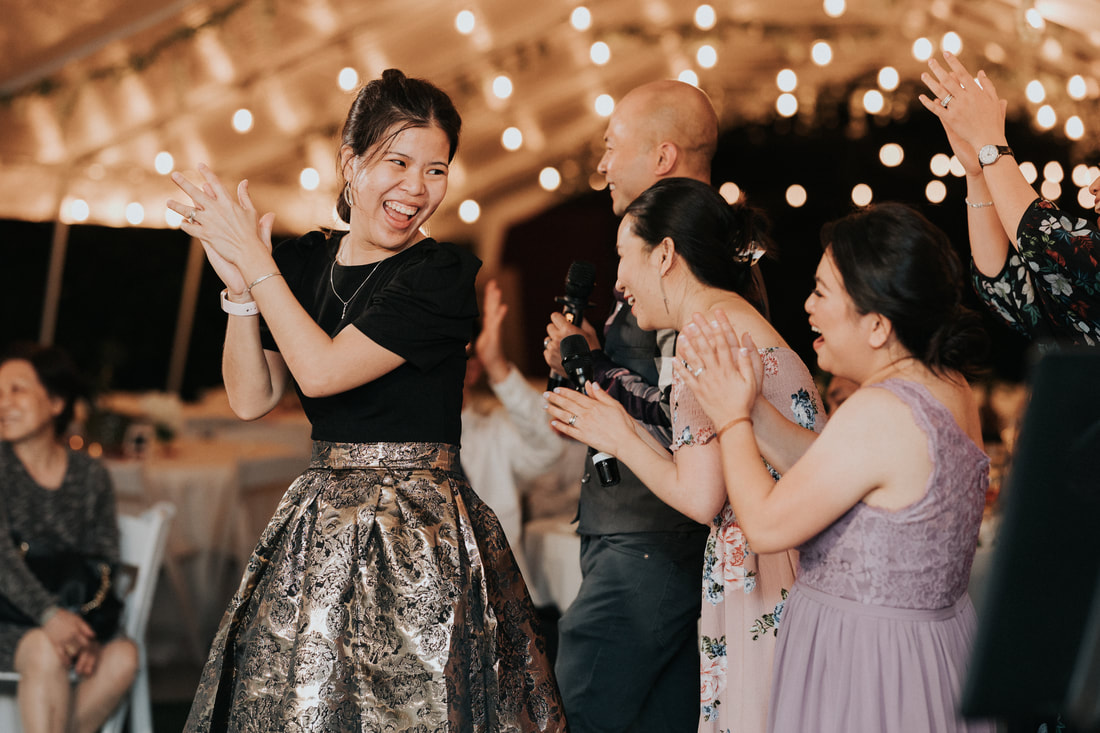
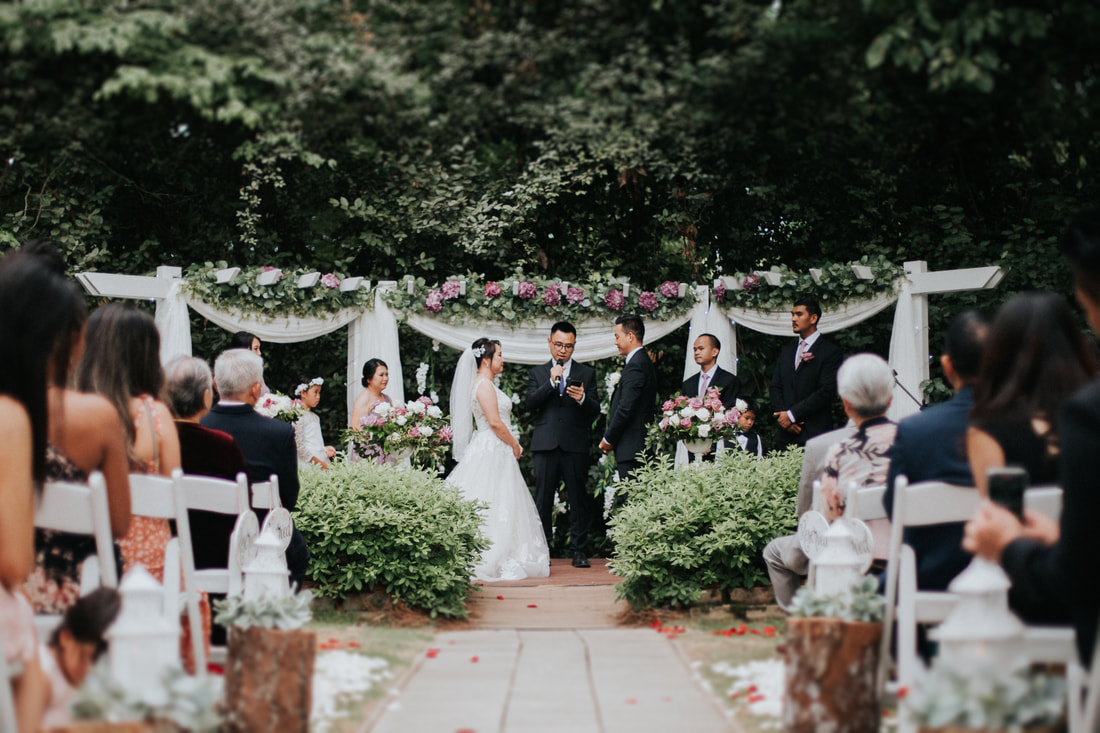

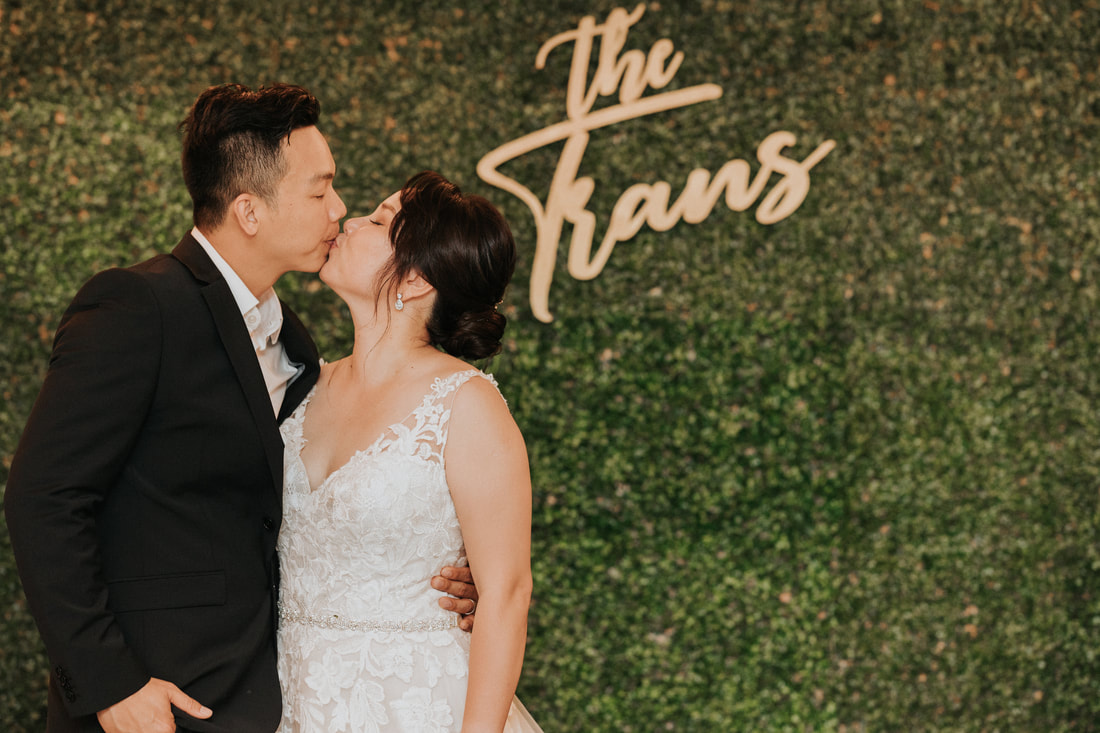
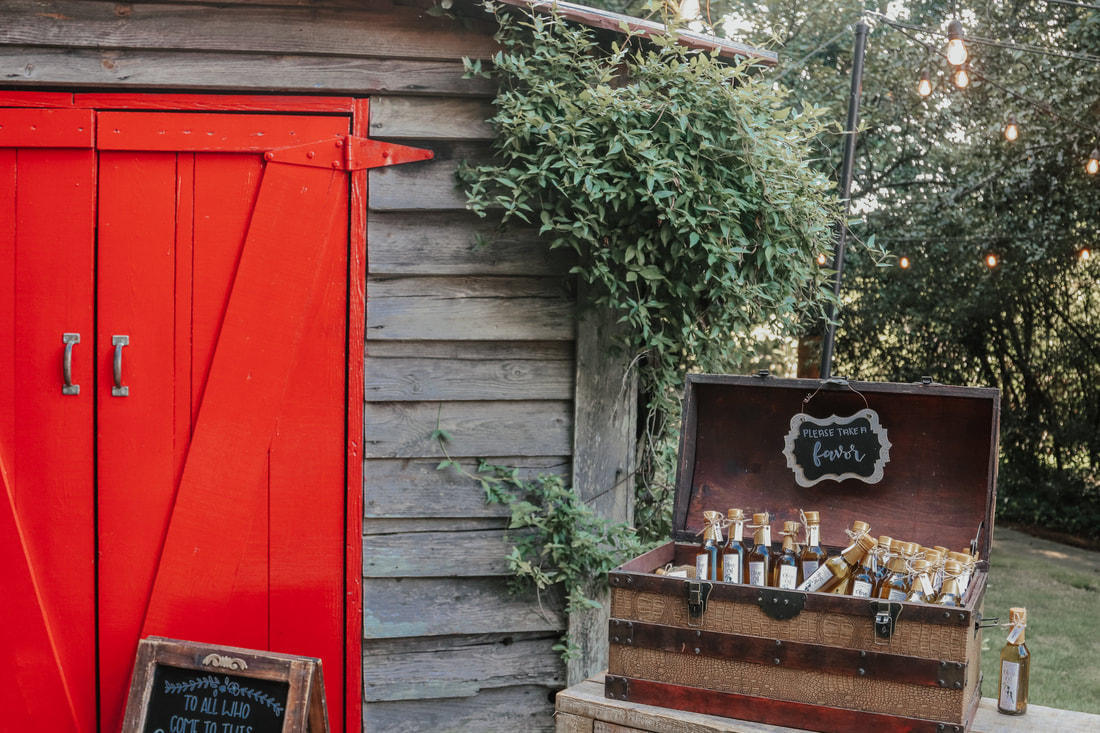
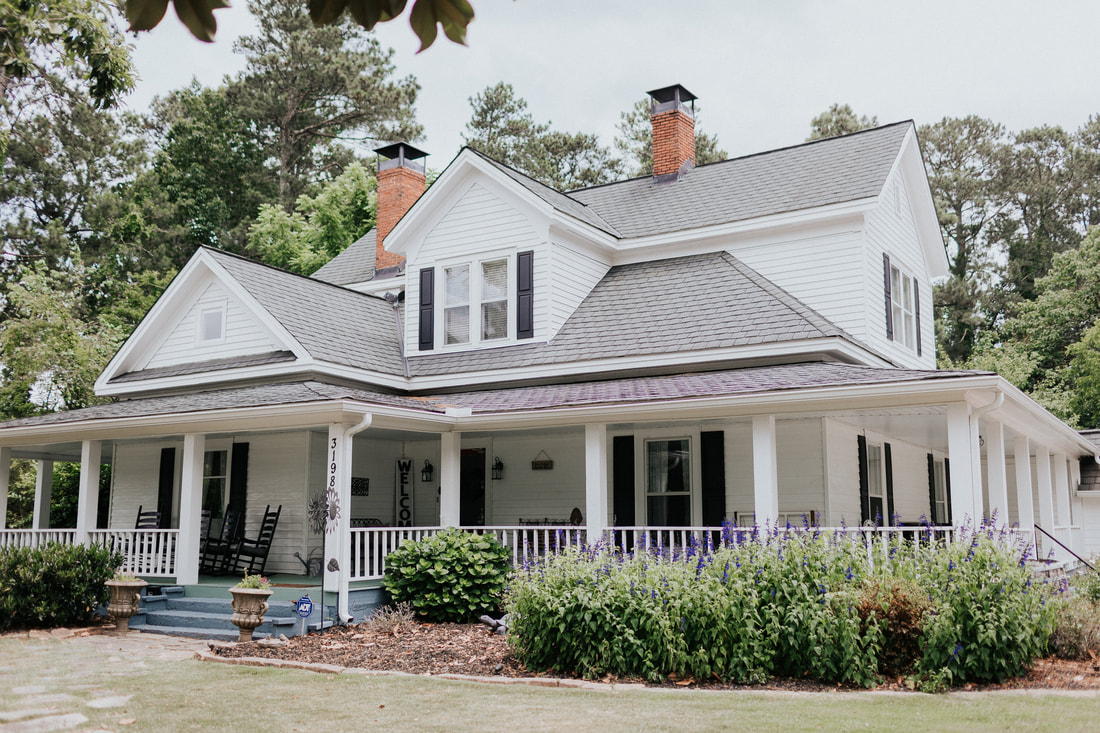
 RSS Feed
RSS Feed


